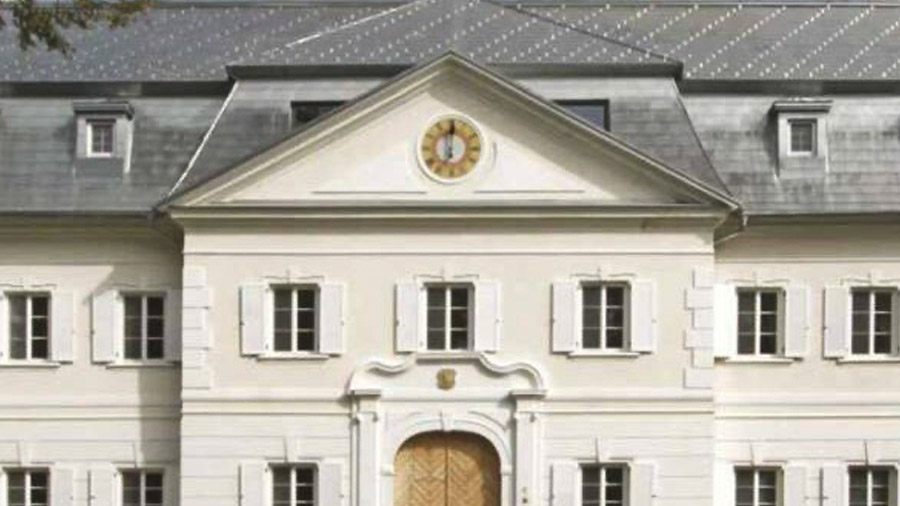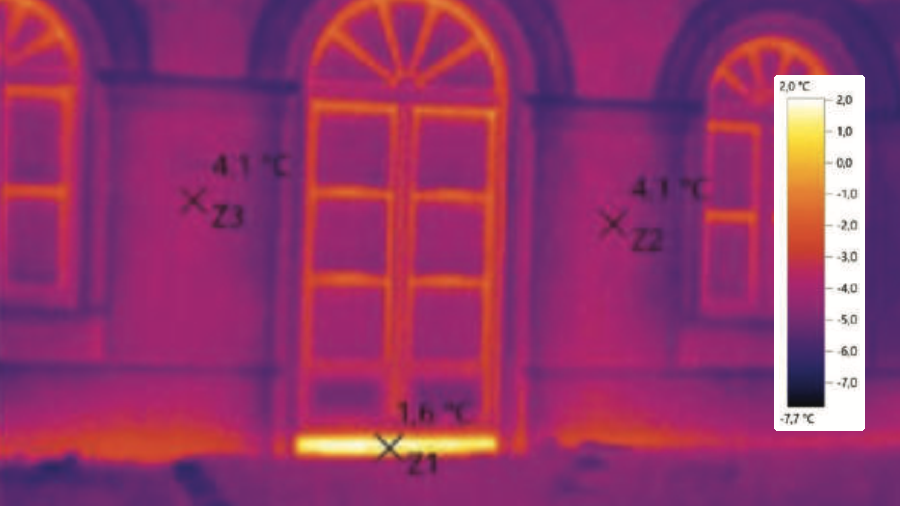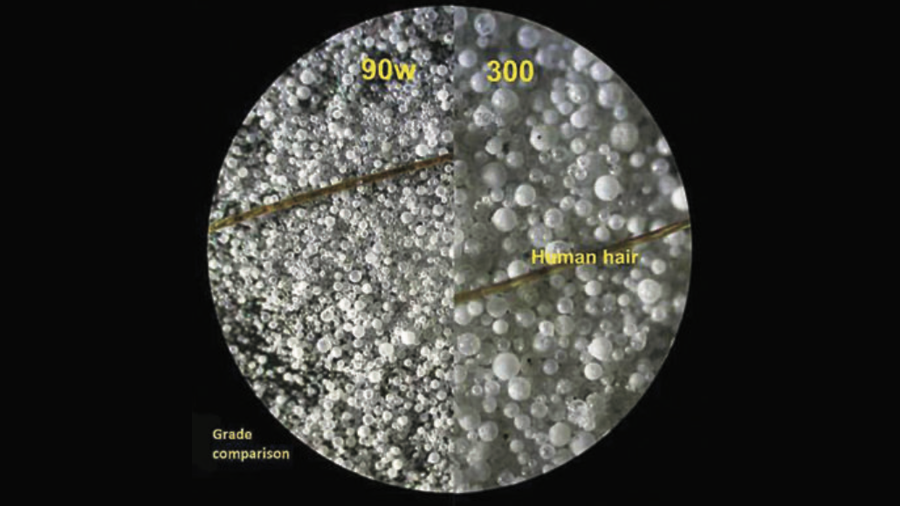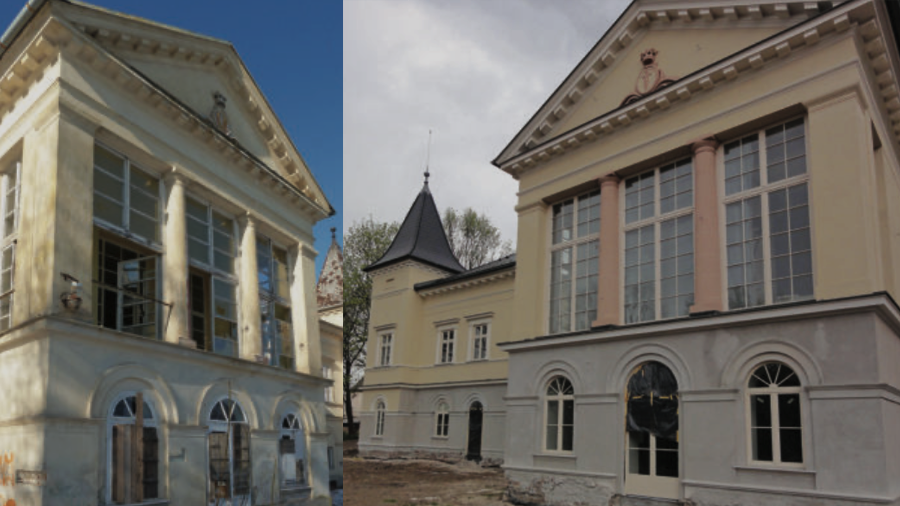Reflective insulating coatings are also widely used in the restoration of historic buildings. The use of reflective insulating coatings on heritage buildings means the preservation of the authenticity of cultural monuments and for users and owners of cultural monuments not only energy savings, but also the prevention of mould and many other benefits.

Reflective insulating coatings work on the principle of radiant heat, i.e. during interior application, they distribute heat evenly on the applied surface, thus in places where condensation would normally form on the wall, condensation does not form and therefore mould formation is avoided. At the same time, these coatings are vapour permeable.

Coatings contain microspheres. These hollow spheres of several microns in size provide a continuous layer, a kind of thermal mirror. This thermal mirror is not formed by a single layer of microspheres, but by applying the coating several layers of superimposed microspheres are formed. Thus, not only do the coatings reflect radiant heat, but they also prevent the direct conduction of heat through the building structure and thus have significant insulating properties.

In the case of heritage conservation, the application of reflective insulating coatings on historic buildings is becoming more frequent.

Modern technologies, such as microsphere-based thermoplastics, can slow the degradation of historic materials in an unprecedented way while improving the user experience of older buildings.
Ing. arch. Radoslav Mokriš - Regional Heritage Office
National Heritage Institute (ISBN 978-80-89175-88-8)